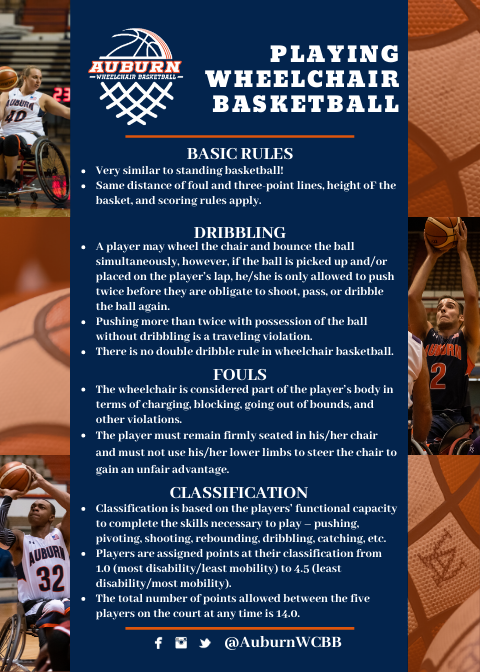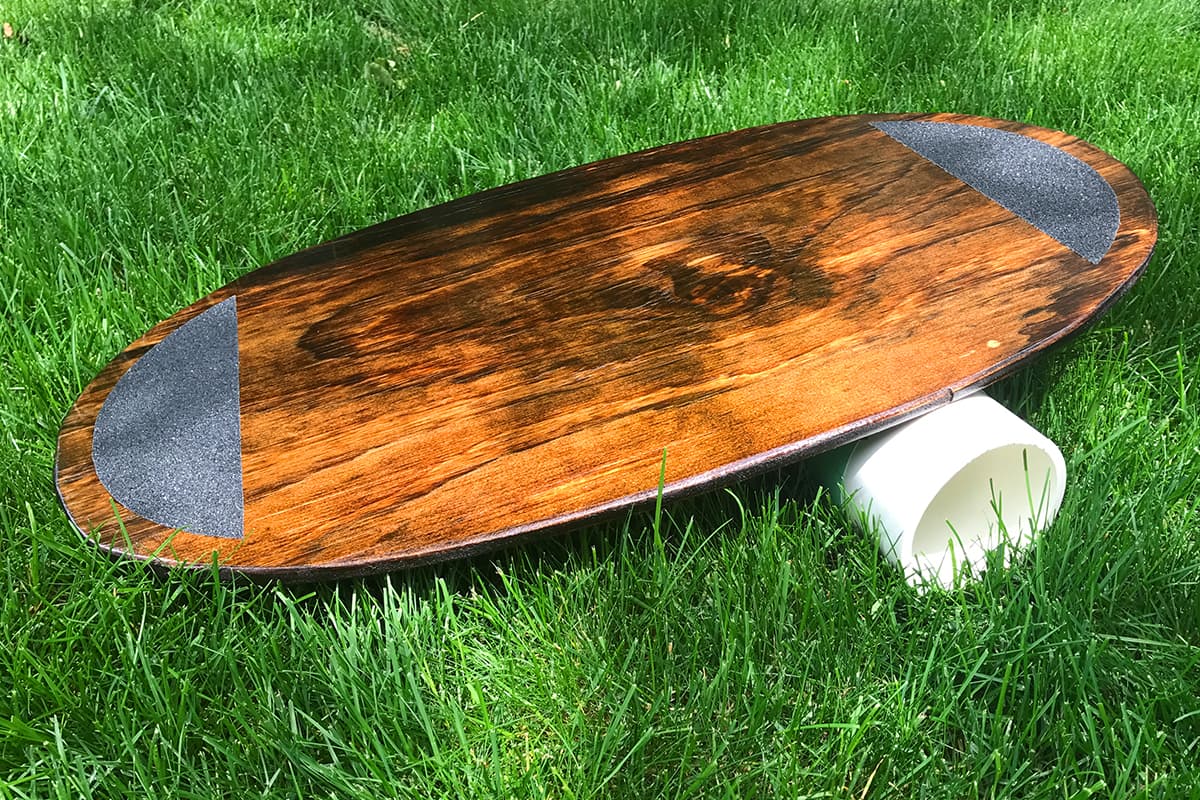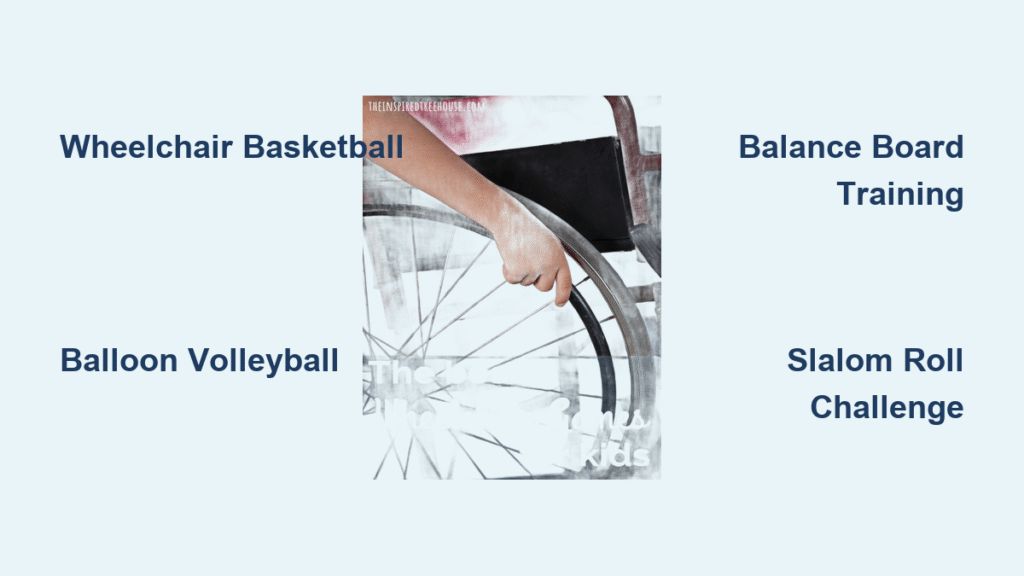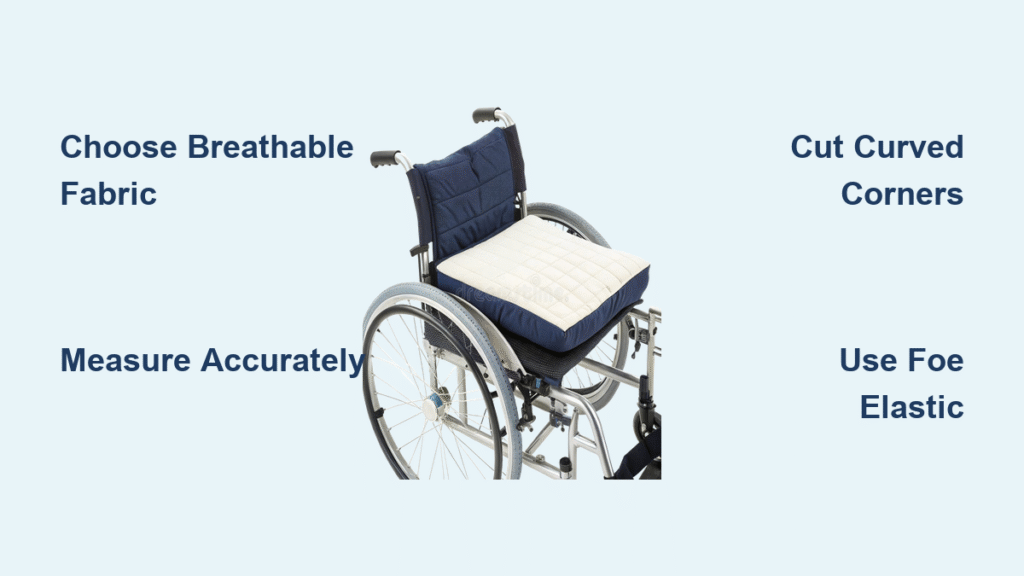Your child’s new wheelchair doesn’t mean playtime ends—it means adventure begins in a whole new way. Forget the myth that wheelchair users miss out on playground fun. With the right wheelchair games and activities for kids, your child will develop superhero-level strength, make genuine friendships, and create childhood memories that sparkle just like every other kid’s. From living room Olympics to backyard championships, these 12 proven activities transform everyday spaces into inclusive play zones where your child isn’t just participating—they’re leading the fun.
Wheelchair Basketball That Doubles Heart Health

Forget standard hoops—your living room becomes the court. Lower a basketball hoop to 6 feet (or use a laundry basket taped to a chair) and grab a soft foam ball. Just 15 minutes of this adapted game equals 30 minutes of walking for cardiovascular benefits, cutting stroke risk by 25% while building serious upper body power.
Pro scoring system:
– Chest-high shots = 1 point
– Head-high shots = 2 points
– Behind-the-back shots = 3 points (for advanced players)
Start with stationary shooting from 3 feet away. Once your child makes 5 in a row, add movement—wheel forward before shooting. For family play, mix standing and seated players by requiring standing players to shoot from farther back. This isn’t just play—it’s stealthy therapy that strengthens 12 different muscle groups while keeping hearts pumping strong.
Living Room Balloon Volleyball Revolution
String yarn between two dining chairs at 4-foot height for an instant net. Use regular balloons (not helium-filled) for slow-motion action perfect for developing reaction time. Unlike standard volleyball, wheelchair users get equal playtime because balloons float long enough for precise positioning.
Winning formula:
– First to 7 points wins (keeps games short)
– Each balloon touch = 1 point
– Floor touch on opponent’s side = 2 points
– Three touches maximum per side
This game builds spatial awareness as your child navigates tight spaces between furniture. Add challenge by requiring wheelchair spins between hits or using only non-dominant hands. Within two weeks, you’ll notice improved shoulder strength and lightning-fast reflexes that transfer directly to classroom tasks.
DIY Balance Board Training for Core Power

Transform a $12 2×8 board and kitchen rolling pin into a core-strengthening machine. Place the board on the rolling pin on carpeted flooring for safety. This isn’t just fun—it directly builds the deep abdominal muscles that support better posture and stability in daily wheelchair use.
Three-phase progression:
1. Static hold: Sit still for 30 seconds (builds initial stability)
2. Controlled rocking: Gentle forward/backward motion (engages core)
3. Object juggling: Catch beanbags while balancing (advanced coordination)
Always keep pillows on both sides and have a spotter behind your child. Stop immediately if fear appears—return to phase one tomorrow. Within a month, this simple setup creates rock-solid posture that reduces fatigue during school hours.
Bucket Run Olympics for Speed and Precision
Place 10 beanbags on a picnic table and a laundry basket 20 feet away. Time how fast your child can transport all items. This transforms mundane movement into thrilling competition while building wheelchair propulsion skills essential for navigating crowded hallways.
Family relay variations:
– Sibling teams: One loads beanbags, one transports
– Parent-child: Switch roles each turn
– Electric wheelchair bonus: Use joystick precision mode
Track times weekly—you’ll see 30% improvement within three sessions. This isn’t just play; it’s training for real-world wheelchair navigation that builds confidence for school hallways and community spaces.
Through the Hoops Mastery Challenge
Hang a hula hoop from a tree branch at chest height. Start with beanbags from 3 feet away, progressing to soft balls as accuracy improves. This eliminates the height disadvantage of standard basketball while building the same throwing mechanics.
Throwing technique progression:
1. Underhand scoop tosses (builds foundational motion)
2. Two-handed chest passes (develops power)
3. One-handed overhead throws (advanced skill)
4. Side-arm flicks (for precision)
Mark the ground with chalk at 1-foot intervals. Each successful hit moves you back one line. This game directly translates to improved hand-eye coordination for classroom tasks like writing and computer use.
Accessible Swinging Adventures
Modern inclusive swings feature full harness systems that let wheelchair users experience swinging safely. Look for high-back seats with rollercoaster-style safety bars at flush-ground level. These aren’t just fun—they build vestibular processing skills crucial for balance and spatial awareness.
Swing session formula:
– 5 minutes gentle motion (warm-up)
– 10 minutes moderate swinging (skill building)
– 5 minutes slow pushes (cool-down)
– Always stop if dizziness occurs
These swings fit 2-3 kids, making them perfect for inclusive play dates where your child isn’t “included”—they’re the star organizer of the fun.
Slalom Roll Championship Course

Set up 5-8 cones in zigzag patterns across 30 feet. Time how fast your child can weave through using precise wheelchair control. This develops the spatial awareness and steering accuracy that prevents hallway collisions at school.
Scoring system:
– Touch cone = +2 seconds
– Miss cone entirely = restart section
– Clean run = personal best time
Use masking tape lines on classroom floors for quiet indoor versions during PE. Most kids improve 40% in navigation speed within four weeks—skills that translate directly to real-world wheelchair confidence.
Boccia Ball Precision Sport
This Paralympic sport is perfect for developing fine motor control. Use soft leather balls and a white target ball (jack). The goal? Get your balls closest to the jack after all throws. Unlike bowling, boccia allows multiple throwing techniques—hand toss, ramp assistance, or even foot propulsion.
Beginner setup:
– Start with 3-foot distance
– Use large target balls
– Allow two attempts per throw
– Play to 5 points
This game builds executive function skills as kids plan multiple moves ahead—skills that directly improve homework completion and classroom focus.
Simon Says Wheelchair Edition
Forget traditional Simon Says. In this version, your child becomes the leader for half the game, directing your movements. You mirror their every action—wheel pushes, arm waves, head turns. This builds confidence and body awareness simultaneously while strengthening communication skills.
Advanced challenges:
– “Simon says show me excited wheels” (creative expression)
– “Simon says slow-motion sadness” (emotional vocabulary)
– Add direction commands (“Simon says turn left”)
This isn’t just play—it’s stealthy therapy that builds the social communication skills essential for making genuine friendships.
Dance Party Pro Moves
YouTube transforms into your personal dance studio with Bristol Bears “DanceTime” offering free weekly sessions designed specifically for wheelchair users. Their routines work for kids with complex needs using popular music that gets everyone moving.
Setup essentials:
– Clear 8×8 foot space minimum
– Music at chest level (tablet on tray)
– Water bottle within reach
– 2-minute warm-up arm circles
Start with “Can’t Stop the Feeling”—it’s slow enough for beginners but energetic enough to feel like a real party. Dance builds rhythm, coordination, and emotional expression while burning calories and boosting mood.
Emergency Safety Rules Every Family Needs
Surface check: Ensure all play areas have smooth, non-slip surfaces. Rubber playground mats work best, but carpet works indoors.
Equipment inspection checklist:
– Wheelchair brakes function properly
– No sharp edges on homemade equipment
– Balls aren’t overinflated (burst risk)
– Balance boards are splinter-free
Supervision ratios: One adult per child for balance activities, one adult per three kids for standard games. Create a simple emergency plan with hand signals for “stop immediately” and a designated safe zone.
Buddy System Magic for True Inclusion
Pair wheelchair users with mobile peers using these proven rules:
– Equal challenge, not equal task (different roles)
– Wheelchair kid leads half the activities
– Celebrate different strengths equally
– Switch roles frequently
The secret? Focus on what each child CAN do, not limitations. When your child teaches standing friends how to play wheelchair basketball from a seated position, that’s not inclusion—that’s leadership. Start with balloon volleyball this weekend. Within a month, you’ll have a champion who creates new wheelchair games and activities for kids that everyone begs to join. That first successful beanbag toss into the tiny yellow cup? That’s a victory photo for the scrapbook—and the beginning of a childhood where every game is possible.





